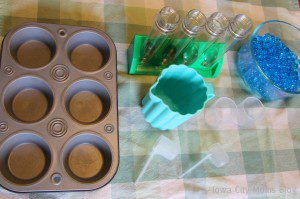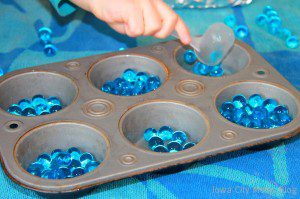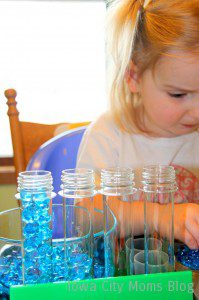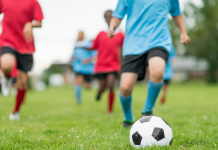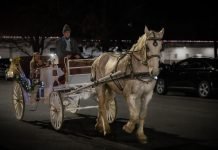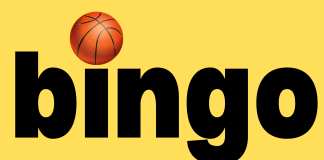You may have seen them filling vases under a bouquet of cut flowers or amongst floating candles in wedding centerpieces, but these nifty little spheres, called water beads, have another purpose you may not have considered before. Surprise! Another fantastic “toy” for the kiddos! Move over sand and water, there’s another sensory-table filler in town.
The Material:
Water beads come as tiny little hard beads, not much bigger than a strawberry seed. But when you add water, they absorb the water and expand to be about the size of marbles, becoming slippery and squishy to the touch. They come in all colors, including clear. You can find them in some of our local craft stores like Hobby Lobby, (though they might also be called water crystals, water marbles, or gel pearls). I have also seen them at the Dollar Tree, though they sell them ready-to-use and already expanded with water. I like to order them from Amazon because they are super cheap and ship quickly. I got 10 packs for about $3, and each tiny pack makes over 2 cups of beads. They are totally non-toxic, biodegradable, and reusable. I keep mine in the fridge to keep them from growing bacteria from all those preschooler hands.
The Invitation:
Fill up a clear container with water and let your child dump the beads in. Allow them to stick their hands in to feel the beads and swish around in the water. Over the course of the next 24 hours, the beads will begin to swell, and the kids can watch in amazement as they grow and grow. Allow them to touch and hold the beads at every step of the process, noticing how they are changing in texture and appearance.

Once the beads are fully expanded, I like to spread a towel on the table (these beads will bounce and roll away like crazy!) and offer some tools and utensils: a muffin tin, a cake pan lined with shiny foil, some clear test tubes, a pitcher, and a few scoops. Any kind of scoop, spoon, or container would work fine, so feel free to improvise!
You might also choose to use water beads as an outside activity in a sand and water table, or even fill up a little baby pool with them! If they happen to spill or get spread all over your lawn, just leave them! They will release water into the soil as needed and are a beneficial addition to your lawn or garden.
The Learning:
When children explore the world through their senses, their neural pathways are strengthened, laying the framework for all future types of learning. Sensory play not only encourages social and emotional development, cognitive flexibility, communication, and motor skills, but also brings out that deep concentration and pure joy of a child thoroughly engaged. By scooping, dumping, and combining the water beads into various containers, your child will be experimenting with math and science concepts such as volume and gravity.
Smaller containers (such as a muffin tin) may inspire kids to sort the beads by color, count them into equal groups, or experiment with color patterns. They will no doubt love the feel of the cold, smooth beads in their hands. Playing with water beads is one of those activities that can capture your children’s attention and keep them entertained for hours.
Have you ever played with water beads? Please share your experiences! Any other ideas for how to play with them?
This post is part of a series entitled Repurposed Preschool. Each post will feature an object or material that can be given a new purpose as a toy. If it makes you feel better, you can call it an Early Childhood Educational Tool. J I’m hoping that this series empowers you as your child’s first and most important teacher, because that is what you are, mamas.




